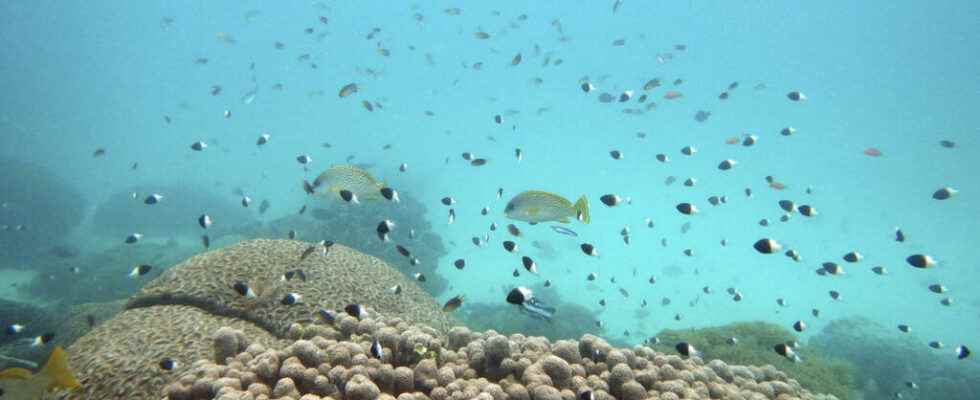For six days, delegates from across the African continent gathered in Rwanda for the first African congress dedicated to the role of protected areas in the future of the planet.
Environmental protection by Africa and for Africa. For the first time, activists, scientists, community representatives, but also some fifty African environment ministers met to discuss the future of biodiversity protection on the continent. They call for local communities to be recognized as key players in environmental policies, to make nature protection rhyme with social justice, and above all to find more funding.
” To manage a protected area well, you need about $1,000 per square kilometre. Currently, in Africa, we have an average of 50 dollars per square kilometer. So today, the continent is mobilizing to ensure that its protected areas are funded “, explains Kaddu Sebunya, president of the NGO Africa Wildlife Foundation, at the microphone of our correspondent in Kigali, Laure Broulard.
► To listen also: It’s not wind – Biodiversity and humanity: a single destiny
A pan-African nature conservation fund project open to all governments and donors was launched this week in Kigali. It aims to ensure that natural parks no longer depend solely on tourist revenues. A worthwhile investment, according to Bruno Oberle, Director General of the Union for the Conservation of Nature: “ Up to 10% of the gross continental product is directly linked to the existence of protected areas. For each euro invested, we have a return of 100. It is one of the best investments that can be made in absolute terms. »
Include local communities
This Congress of African Protected Areas of the International Union for Conservation of Nature (IUCN), ICCA, took place a few months before the COP15 Biodiversity held in December in Montreal, which is to adopt a global framework for better protect nature ravaged by human activities, by 2050, with a stage in 2030. In particular, it is a question of protecting at least 30% of land and oceans, reducing plastic and agricultural pollution
But for Michelle Sonkoue, of the NGO Rights and Resources Initiative, this ambitious objective should not exclude indigenous peoples who manage at least 25% of the earth’s surface and who want to play a role in the preservation of protected areas. ” Communities existed before the creation of protected areas. Protected areas came to find spaces rich in biodiversity conserved by communities and they were created “, she insists.
► Read also: Protected areas in Africa: indigenous communities try to make themselves heard
These protected areas are geographical places designated for conservation. They are generally home to a rich biodiversity. The best known protected areas are national parks or wildlife reserves, created during colonization for the pleasure of settlers. But this type of conservation has led to expropriations of indigenous peoples from their lands.
We must now focus on new models, claims Michelle Sonkoue: ” Their collective right of ownership over their land must be clearly secured, so that conservation is more respectful of human rights. NGOs like the Rights and Resources Initiative call for laws to be put in place recognizing the rights of local communities to fully enjoy their land.
